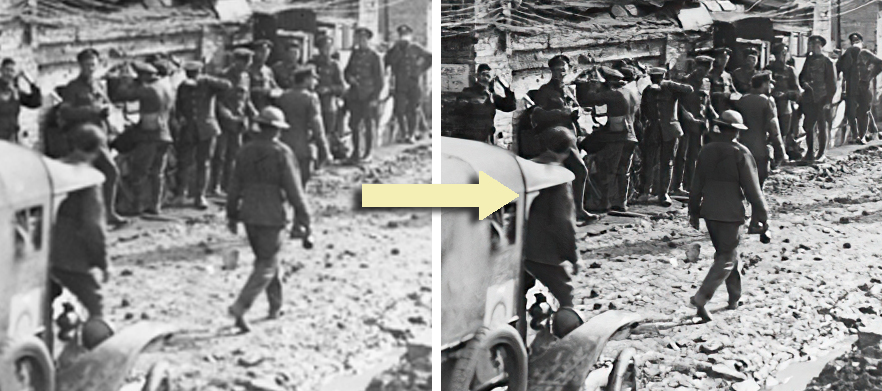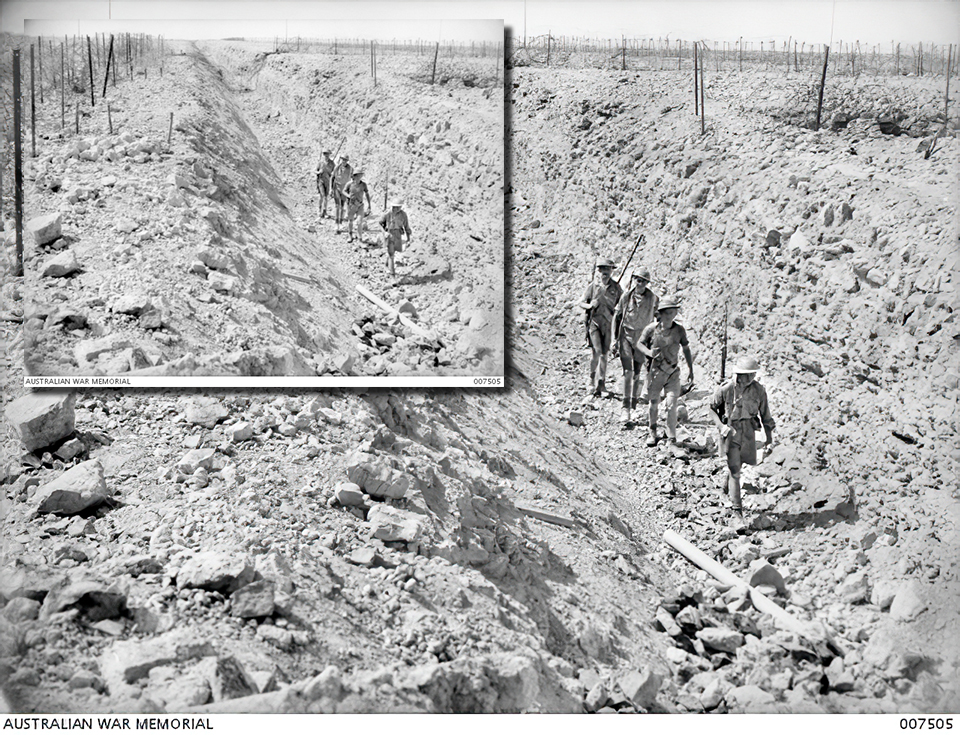The last few years have seen the rise of software applications that use Artificial Intelligence for image and video processing. The world has been introduced to the results of incredibly powerful machine learning tools such as deepfake videos and advanced speech synthesis.
The use of AI to increase the resolution and fidelity of digital images is known as upscaling. Simply put, Al image upscaling involves creating new pixels of image information to add detail where there wasn’t any before, filling in the gaps to recreate a higher-resolution image, all the while using machine learning to improve the result. ‘Machine learning’ refers to the process of feeding the AI software millions of images, so that it can artificially increase resolution on a wide variety of different subjects (portraits, wildlife, landscapes, architecture, etc) and image types (DSLR, web/compressed, CGI).

At the Rant Foundry we decided that many of the photographs used in our articles would be perfect candidates for a test of some of the new AI professional upscaling applications available to designers and photographers today. Many photos taken during both of the world wars suffer from low resolutions and lack of sharpness. Having some of these successfully upscaled would offer a better view of the subjects, environments and conditions experienced during those years.
As it’s roughly the 80th anniversary, let’s begin with a photograph taken during the Siege of Tobruk: the original image downloaded from the Australian War Memorial website is 640×490 pixels at 72 dpi and an 8-bit colour depth resulting in a 237kb JPEG image. After processing with Topaz Labs’ Gigapixel AI, we get an output image that is now 1280×980 pixels at 96 dpi with a 24-bit depth. As you can see, it results in a dramatic improvement of the source image.
Incidentally, the photo by Frank Hurley shows soldiers of the 2/13th Battalion on patrol along the anti-tank ditch at the El Adem Road to the south of Tobruk. A close watch was kept over this ditch night and day to counter enemy attempts to pierce the town’s defences around April, 1941.


Next, we’ll look at a photograph from the Great War, taken at Passchendaele during the Third Battle of Ypres. Notice the increased fidelity of the mud and wood textures.


And here, another confronting image showing dead and wounded Australians and Germans in the railway cutting in the Ypres sector, in Belgium, during the battle of Passchendaele, on October 12, 1917 (photographer officially listed as unknown but is most likely Frank Hurley).


As you can see, many fine details and textures have been added. In addition to increasing resolution, the algorithm used for this image also automatically removes JPEG compression artifacts, applies noise reduction, and sharpens the output in a natural way. Different kinds of texture have different characteristics. In the image above, notice the added detail and resolution on the mud, grass, and clothing.
Below is a photo taken during WWII by George Silk during actions at Gona in Papua New Guinea on 8th December 1842. While Japanese snipers hide in trees in the background, an Australian mortar crew fires shells towards the enemy. AI processing has gained fine detail in the mortar muzzle, the kunai grass and in the hair and skin of the soldier at right.

There is great potential for AI-upscaled images in historical research. Many photos pertinent to important historical events suffer from poor digitisation and manipulation and are prime candidates for careful resizing with machine learning tools, which could then be used to provide a clearer view. As these applications create print and screen ready images, they could be used everywhere from the classroom to the lecture hall, from website to museum.
At the Rant Foundry we intend to make use of these incredible tools and look forward to including hi-resolution, upscaled photos where they are useful to telling these stories.
With so many pictures from so long ago starting to fade, this is a great use of technology!
Good to see you back!!
LikeLiked by 1 person
oh these photos after being upscaled are excellent, and, I especially like them, given that I am an amateur artist, I love black and white. These photos are now really crisp and sharp, with lots of definition. When I do graphite drawings I love the process of bringing definition, shading, contrasts, so I can really appreciate the end result here in these photos. Thankyou so much.
LikeLike